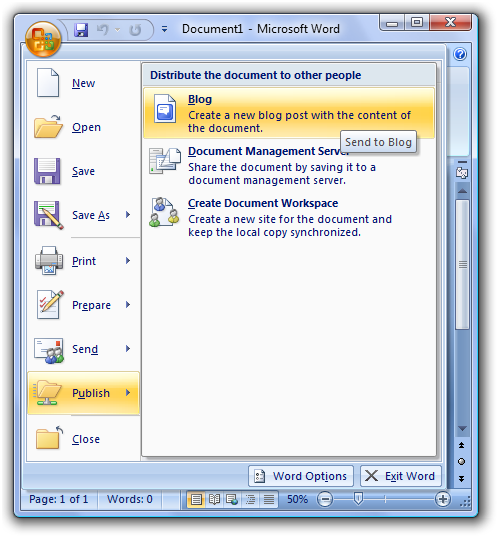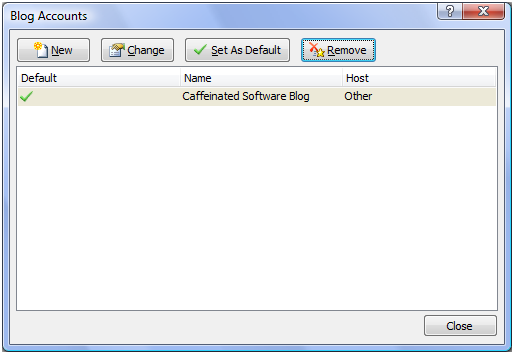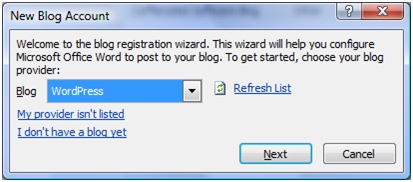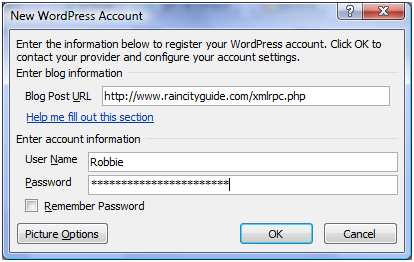The folks at Trulia, have just released a new feature that is cooler than the frozen tundra of Lambeau Field. In fact, I think Zillow and Realtor.com will need to order more photocopiers. Trulia has just released their Trulia Publisher Platform, and the coolness of this feature is that it lets publishers use their search technology, with your listings, with a publisher’s co-branding, and at no cost to the publisher. This is the real estate equivalent of Google AdSense and will change the nature of the real estate web advertising game, perhaps drastically.
Currently, Trulia has signed up Kiplinger, American Towns, and perhaps most interesting, Seattle Weekly. Getting Seattle Weekly as a publishing partner has to annoy Zillow more than Apple giving free computers to Redmond-area schools annoyed Microsoft. If Trulia can sign up more publishers (frankly the value proposition is so simple & compelling for small to medium sized publishers, I can’t think of a reason why they won’t sign up) they are going to have to upgrade their servers to handle the increase in traffic.
 What’s this mean for publishers? Well if they are small or medium sized, they just got a much more effective way of associating their brand and increasing real estate related web traffic. Granted, Trulia controls the listings and the technology, but if your core competency isn’t real estate search, getting a co-branded search tool is much more cost effective. And since Trulia has over 2 million listings, the publishers will probably get more traffic & ad revenue too. Seems like an easy decision to me.
What’s this mean for publishers? Well if they are small or medium sized, they just got a much more effective way of associating their brand and increasing real estate related web traffic. Granted, Trulia controls the listings and the technology, but if your core competency isn’t real estate search, getting a co-branded search tool is much more cost effective. And since Trulia has over 2 million listings, the publishers will probably get more traffic & ad revenue too. Seems like an easy decision to me.
If you’re a big publisher, it’s a much harder decision. But since developing technology is expensive and getting listings critical mass is difficult, I suspect the desire to partner w/ Trulia got much stronger unless you’re a direct Trulia competitor. If Trulia gets big web media players to partner with it, things could get very interesting.
What’s this mean for Realtor.com? I dunno, but it’s increasingly looking like they are going to get HouseValued (yes, I just made that verb up), if they don’t show some brain activity.
What’s this mean for Zillow? Just when Zillow’s listings feed program was getting off the ground, Trulia does this! I’m guessing the sales & engineering departments just learned what they are going to be working on for the next several months.
What’s this mean for the broker in the trenches or realtor on the street? Well, if you have a Trulia listings feed, you just got more free exposure. If you pay Trulia to feature your listings more prominently, well you just got a much better return on your investment. If you liked the free traffic Trulia gave you before, you’re going to LOVE them now. Perhaps even more than the 12th man, loves his Seahawks.

 For most of the past 6 months, I’ve been working too hard writing e-commerce software at my
For most of the past 6 months, I’ve been working too hard writing e-commerce software at my  Warning: Shameless plug ahead
Warning: Shameless plug ahead Cue up the
Cue up the  As you may have heard, the
As you may have heard, the  Ever since I started
Ever since I started 


